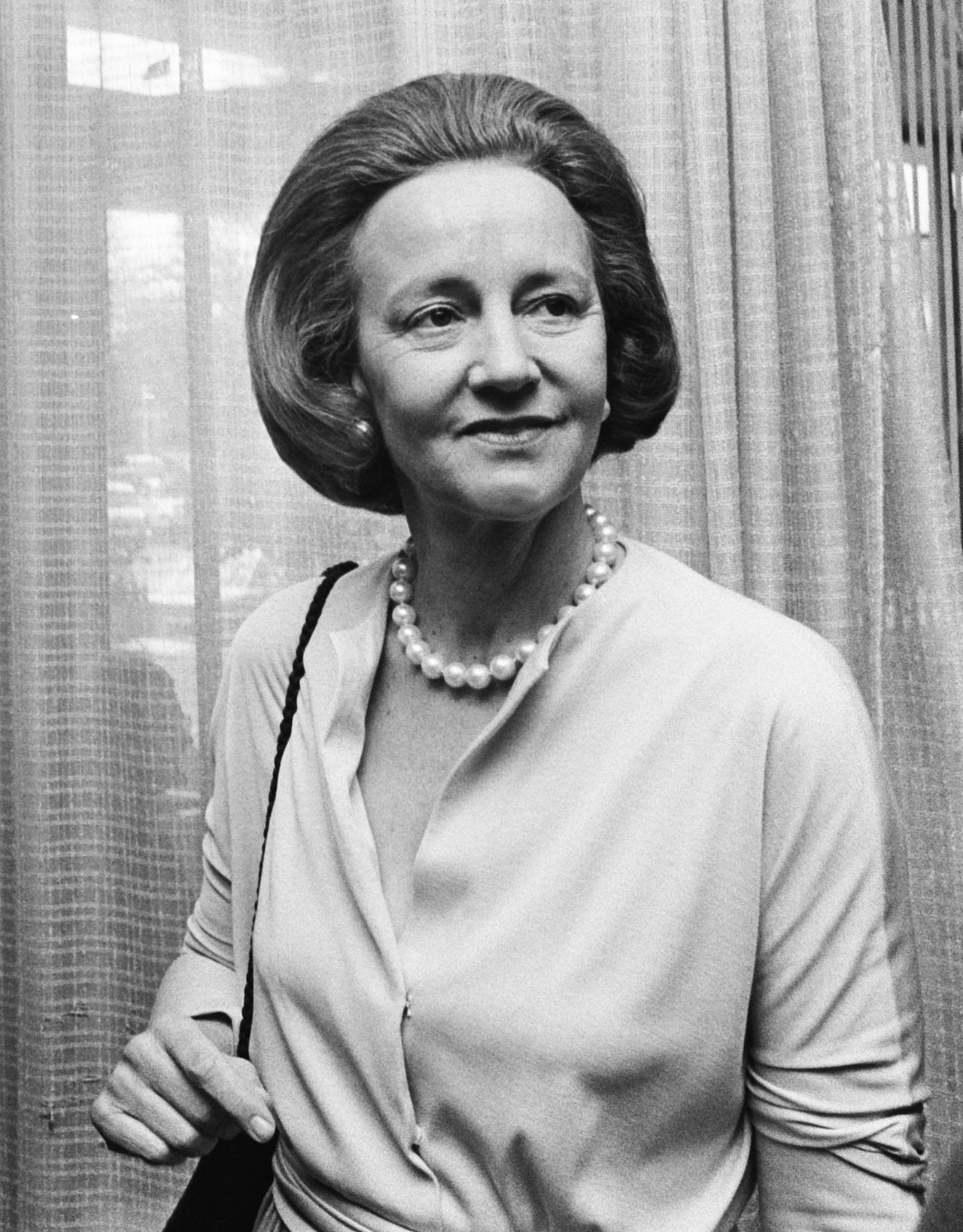The Washington Post: The Breast and the Wringer
Diamonds, pearls, and rubies, oh my! Magnificent jewels, especially those with intriguing back stories, have long captivated the popular imagination. In some instances, gems have served as a dramatis persona in the annals of history. Priceless gems have decorated crowns, became embroidered into the fabric of immortal love stores, played a role in international intrigue. If the sparklers could only speak, what tales they could tell.

Arguably, the world’s most famous cursed jewel is the ironically named Hope Diamond. The blue, 45.52 carat’s precise origin is shrouded in myth, but lore holds that a rogue Hindu priest plucked it from the brow of an idol who placed a curse on anyone possessing the ill-gotten gain. A subsequent owner, the seventeenth-century French merchant, Jean-Baptiste Tavernier, perished from an attack by wild dogs. Louis XIV adorned his crown with the stone that remained in the Bourbon family until King Louis XVI and Marie Antoinette’s rendezvous with the guillotine. In the nineteenth century, the blue beauty reappeared in association with Henry Philip Hope, the London banker who bequeathed it his name. After passing through many hands, the famed Parisian jeweler, Pierre Cartier, sold it to tragic American socialite, Evalyn Walsh McLean. Her heirs sold the Hope Diamond to the Manhattan jeweler, Harry Winston, who gifted it to the Smithsonian. The Hope Diamond is the museum’s crown jewel, finally shed of the ancient idol’s curse.
Originating in clams, pearls hold a niche in jewelry lore. The breath-taking La Peregrina emerged from the coast of Panama in 1567; Philip II acquired it for his bride, Queen Mary I of England. After landing with Spanish royalty, Napoleon’s brother, Joseph-Napoléon Bonaparte assumed ownership. Yada, yada, in 1969, Welsh actor Richard Burton gifted the priceless pearl-mounted on a Cartier necklace- to his ladylove, Elizabeth Taylor. While the first couple of theater were on their sofa, the clasp loosened, and her puppy placed the historic jewel in its mouth. Elizabeth recovered the stone that Christie’s auctioned in 2011 for $11, 842, 500.
Upon hearing the word “ruby” those who are musically inclined conjure the lyrics of the 1967 Rolling Stones’ “Ruby Tuesday.” Those who are more materially minded visualize the Timur Ruby, a massive 361-carat stone. Initially the property of the Mughal emperors, the gem bears the carved names of five of its original owners: Jahangir, Shah Jahan, Farrukhsiyar, Nadir Shah, as well as the king’s, Akhbar the Great. The blood red gem glimmered on the Peacock Throne, along with the famed Koh-i-Noor Diamond. Since the seventeenth century, the jewel has undergone an odyssey from India to Persia to Afghanistan, and then back to India. After the Treaty of Lahore, the Timur Ruby has resided in Britain, once part of Queen Victoria’s private collection. The provenance of the rare ruby is disputed as India insists upon its return to its homeland. However, Britain is as likely to relinquish the Timur Ruby to India as it would be to return the Elgin Marbles to Greece.
While the Hope Diamond, the la Peregrina Pearl, and the Timur Ruby are all jewels beyond price, a contemporary necklace-that holds a breast and wringer charms-is rich in sentiment. Katharine Graham, one of the first women to head a newspaper, transformed The Washington Post from a mediocre newspaper into a pillar of publishing. During her time as owner and editor, she demonstrated an abundance of chutzpah. In 1971, she learned of the Pentagon Papers- the leaked document that revealed the seamy side of what lay under the rock of American involvement in the Vietnam War. The classified information led to a crisis of conscience: to publish or not to publish? The Graham lawyers insisted she back off and warned of dire consequences. The fallout could have entailed criminal charges for violating espionage laws, risking the Post’s public stock offering of $35 million, the collapse of licenses for the company’s television stations, then worth $100 million. A friend cautioned she should refrain from walking alone. Incurring the government’s wrath was not for the faint-hearted. Of her decision to cast her lot with the First Amendment, she wrote, “Frightened and tense, I took a big gulp and said, 'Go ahead, go ahead, go ahead. Let's go. Let's publish.’” Her intrepid decision proved a victory for freedom of the press.
After weathering the storm, the following year, Katharine encountered another. Two young Post reporters, the patron saints of whistle blowers, Bob Woodward and Carl Bernstein, investigated the break-in at the Democratic Party headquarters at the Watergate in Washington, D. C. Aided by a legendary source, “Deep Throat” “to follow the money” the journalists uncovered a secret fund-the Committee to Re-Elect the resident, (CREP, pronounced “Creep” by some-) whose aim was to gather intelligence on the Democrats. A furious Attorney General John Mitchell threatened what would happen if they pursued their damning disclosure, “Jeeeeesus! All that crap you’re putting in the paper? It’s all been denied. Katie Graham’s going to get her tit caught in a big fat wringer if that’s published.” In a gesture that proved Katharine’s sense of humor matched her integrity as she literally wore the vile comment. An admirer sent her a wooden charm of an old-fashioned laundry wringer, (with movable parts); the Post columnist, Art Buchwald, sent her a gold charm of a breast. She hung both from her necklace, her badge of honor.
The coverage led to the resignation of Richard M. Nixon, and to the newspaper’s 1973 Pulitzer Prize. For her defiance to bend before injustice, Nixon’s nemesis stated, “What I essentially did was to put one foot in front of the other, shut my eyes, and step off the edge.” Because of her triumph in arm-wrestling the country’s biggest boys, the media referred to her the most powerful woman in America. The First Lady of Journalism deflected the praise saying it made her sound like a weightlifter. Watergate turned Woodward and Bernstein into heroes, and actor Robert Redford captured the scandal in his movie, All the President’s Men. Katharine announced, “My role will be played by Raquel Welsh- assuming our measurements jive.”
In 1979, the Post’s iron lady relinquished her position to her son, Donald. After eighty years of Graham ownership, Donald passed the baton to Amazon founder, Jeff Bezos, for $250 million. On the eve of the election, Bezos decided against endorsing a presidential candidate by insisting to do so would be to “create a perception of bias.” The declaration terminated the Washington Post’s decades long tradition and resulted in a tsunami of protest. Among the dissenters were Bob Woodward, Carl Bernstein, and novelist Stephen King. Upward of 200,000 readers cancelled their subscriptions after which they received an automated response, “Sorry to see you go.” Although cancelling the paper might have fed readers’ feelings of righteousness, it did not make a dent in Bezos’ wallet. Ann Telnaes, the newspaper’s Pulitzer Prize-winning cartoonist, encapsulated the angst in her illustration: a rectangular block covered with gray paint strokes. The title of the carton was the Post’s motto: “Democracy Dies in Darkness.”
The overriding question remains: what charms will Bezos wear on his gold chain in lieu of the breast and the wringer?


